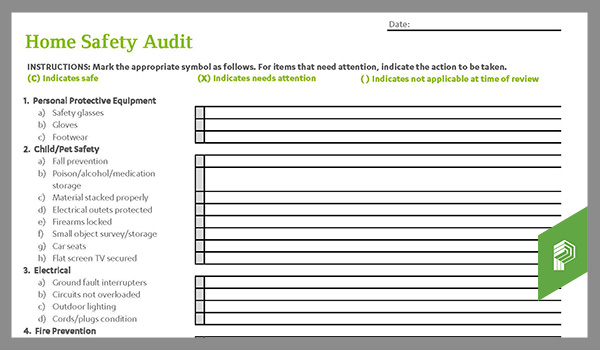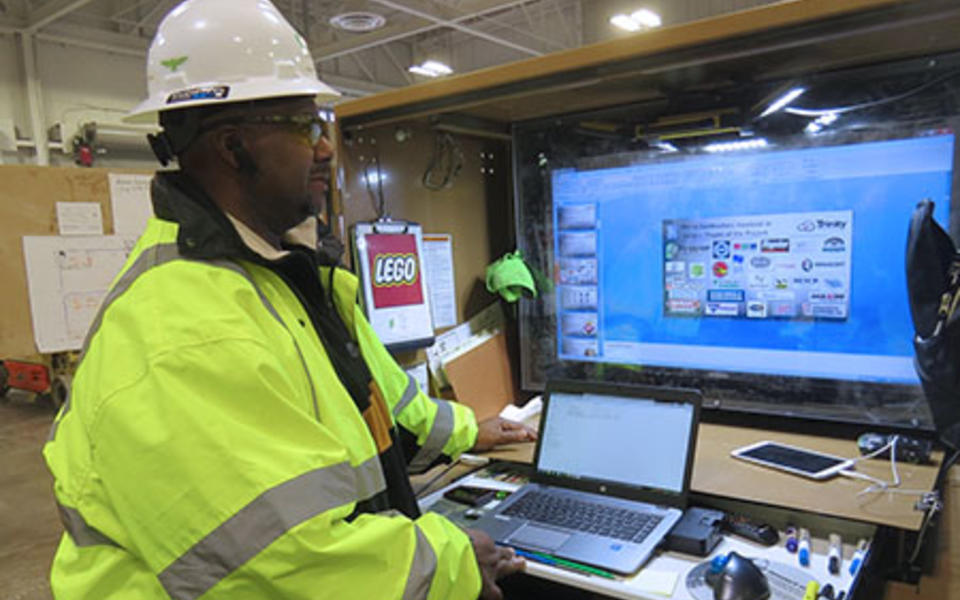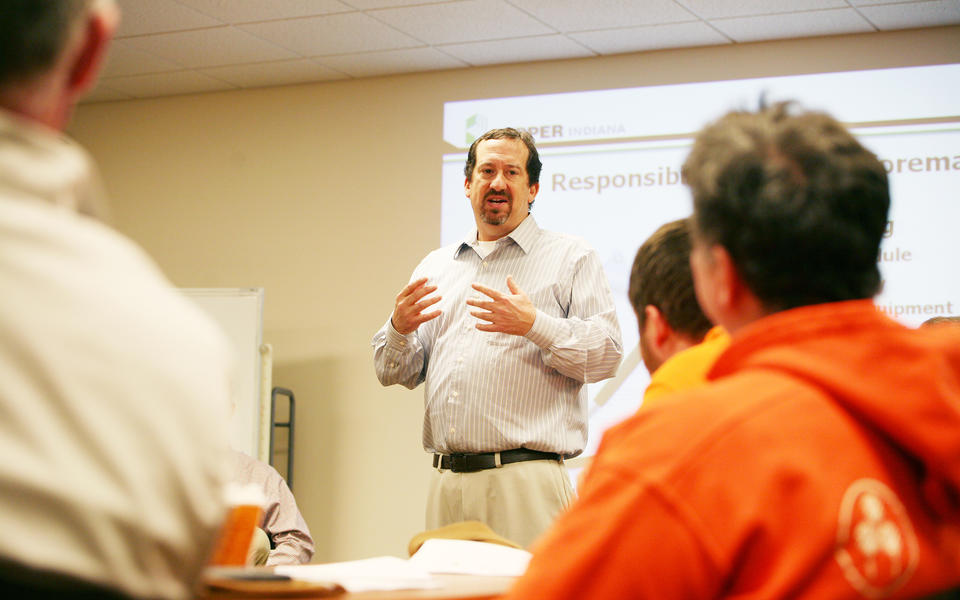Safety
Think about going to the emergency room… What comes to mind? The wait, cost or maybe being around others who are sick? That’s what you think when everything is okay. When you’ve been in a true emergency situation, whether for yourself or someone you care deeply about, it’s scary.
It’s such a relief when you’re able to walk out much calmer than when you arrived – assuming all is well. I’m thankful for the care that our healthcare providers give day-in and day-out.
We want the people who matter the most to us to be safe. But our homes are full of hazards. Did you know most accidents happen in the home?
If we care so much for our families, why do we allow our homes to be unsafe? As a safety professional, even I had to ask myself this question a couple of years ago. I think about safety every day when I’m at work, but what is the environment like in my own home?
Many people don’t know what they need in order to be safe. Or, in my case, we simply don’t take the time to plan or make the necessary changes. We don’t think that anything will happen to us.
Safety is a mindset
In our industry, we talk about the safety mindset. The Occupational Safety and Health Administration (OSHA) has some good information about building a safety culture. However, too often our messages and training only target the field.
At Pepper, when we rolled out our safety leadership training program, we decided that in order to truly have a safety culture, we had to train everyone, from our president to the support staff in our office. After all, you can’t have a safety culture if only a portion of the company is on board.
In some ways, it takes a little more creativity to apply safety principals in the office – and in other ways it’s a little closer to home.
- Have you ever stood on a swivel chair to reach an item on a top shelf?
- Have you stood by as someone else did?
- Do you warn others when the sidewalks are icy?
- How do you use your phone when you’re driving? Hands-free?
You also can’t have a safety culture if you only implement safety part-time.
Taking our habits home
If we truly have a safety mindset, our safety radar never rests. In our safety leadership training, we talk about the personal obstacles to being safe. It’s never that someone intends to be unsafe. Often, they’re attempting a shortcut.
At home, have you ever substituted a different tool for the job because it was more convenient, stood on the very top of the ladder to reach just a little further or left your tools and materials to be cleaned up later? This is a tough one with kids: Do you keep items picked up and free from tripping? When they ask why, do you take the opportunity to teach them or respond with, “Because I said so?”
We would never do these things at work, so why do we think it’s okay at home?
Free resources
As I was developing the support staff version of our safety leadership training, I started to think more about my own home. It had been too long since my family talked about what we would do in an emergency situation.
I found some great resources on disaster preparation in the Red Cross’s disaster safety library. They have a fire prevention and safety checklist, fire escape plan and even a family activity book that they created in partnership with Disney®.
Then, I created a simple checklist to help my family evaluate the safety of our home. I added space for comments for items that needed to be addressed.
As the summer winds down and we start to prepare our homes for colder weather, it’s also a good time to audit them for safety. Click on the image above to download a copy of my home safety checklist and make it a goal to go through it with your family this month. If you have feedback, send us a note. We’ll add to it and re-post it.
About the Author






